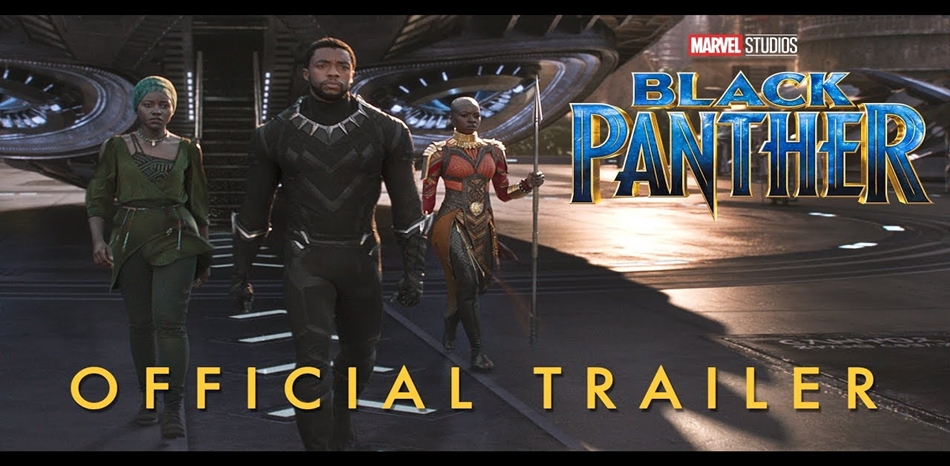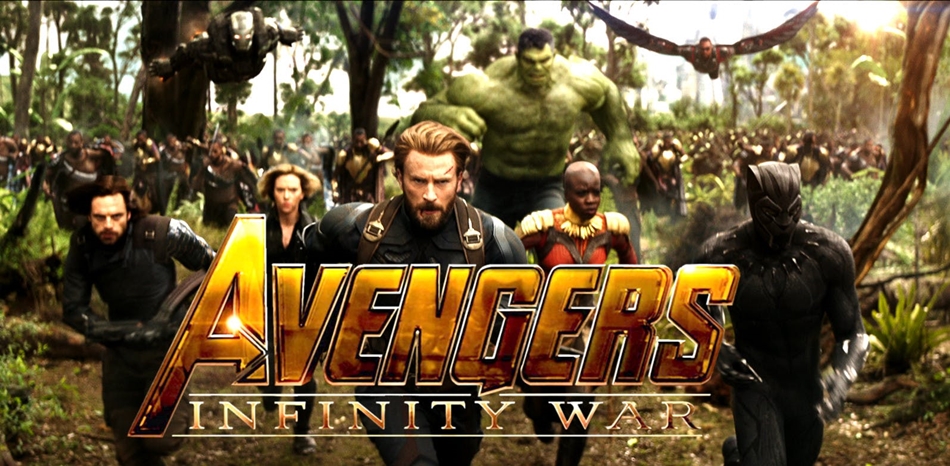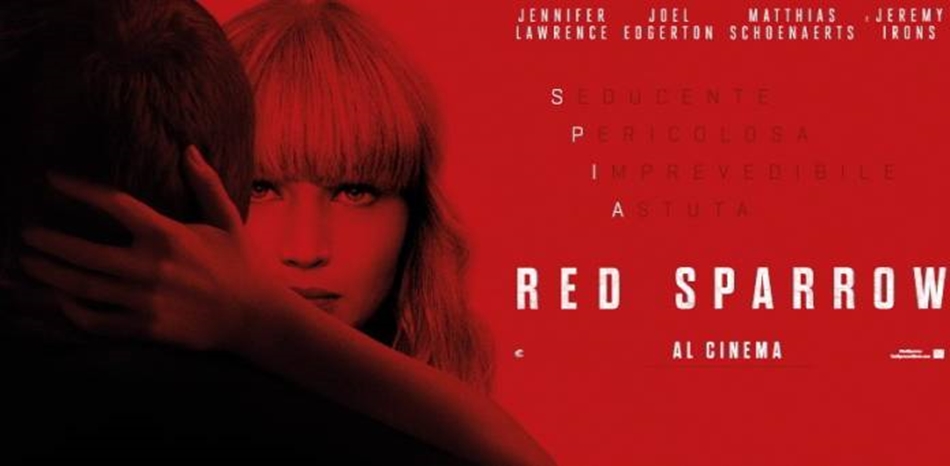Earlier this year, Boxoffice partnered with Celluloid Junkie to present the fourth annual list of Top Women in Global Cinema, published in our CinemaCon issue. Throughout 2019, Boxoffice will continue to honor the women who have an immeasurable impact on the exhibition industry with a series of in-depth profiles.
Alison Cornwell, CFO, Vue International
Vue’s CFO since 2014, Alison Cornwell has overseen several of Vue’s acquisitions, including Italy’s leading cinema chain The Space Entertainment, JT Bioscopen’s now-rebranded Vue Nederland, and Vue’s biggest procurement to date, CineStar in Germany. Her role looks set to expand dramatically over the next few years with the completion of recent corporate acquisitions. Cornwell is also a non-executive director of the Edinburgh International Film Festival and of the Scottish charity Moving Image.
Dee Vassili, Executive Director Group HR, Vue International
Dee Vassili is a long-standing member of the Vue family, having joined back in 2003. As the chain’s HR executive director, Vassili’s passion for finding the right caliber of people for the right roles shines through everything she does. She is undoubtedly a key player in Vue’s success, from its inception to its current status as the largest privately held cinema operator in Europe. Vassili is also known for being incredibly generous with her time when it comes to encouraging wider diversity and representation in the industry.
What is the biggest challenge facing exhibition in 2019?
Alison Cornwell: The biggest challenge is keeping apace of the numerous opportunities available to us. With three of our five key markets (the U.K., Poland, and the Netherlands) delivering record attendances in 2018, the industry is in great shape. The film slate for the next 12 months looks phenomenal.
We are also very focused on integrating our recent acquisitions and making sure that we are well positioned to fully optimize our estate and slate across our 10 territories. It’s a very exciting time to be in exhibition!
Dee Vassili: The biggest challenge facing exhibition is probably more of an opportunity. Exhibition is a growth sector. We are seeing unprecedented numbers, and our strategy for international growth remains at the forefront of everything we do. While we can celebrate the dynamic and long history of the industry, we can never stand still and never be complacent. Consumers demand more.
There is far greater diversity of content than ever before. The success of the industry is not just about exceptional content enjoyed in premium environments but also the people that bring everything together. We have to keep moving with the times, responding to change, and evolving the big-screen experience.
What’s your proudest achievement from your time so far at Vue?
AC: Building a world-class finance team across our 10 territories.
DV: Being part of the senior team that created the Vue brand and transformed it from a 35-cinema, U.K.-only business with just over a thousand people to a pan-European circuit with 287 cinemas across 10 countries and over 8,500 people is very special. The other thing that is just as special is finding talented people, watching them grow, and becoming part of driving the company’s success. Many of these people have achieved great things, either at Vue or elsewhere. Vue alumni are currently to be found in key positions across exhibition, distribution, and other businesses within the leisure and entertainment industry. Playing a small part in their personal development and success makes me proud.
How would you evaluate the progress women have made in the exhibition business in the past few years?
AC: I am relatively new to exhibition, but my observation is that Vue has a significant number of women in senior positions—more so than I observed in my previous roles in film and TV distribution, broadcasting, and film financing, both in the studio and independent sectors.
DV: There are some very talented and successful women in exhibition, and it is great to see such positive role models emerging. I totally support industry initiatives such as the UNIC Women’s Cinema Leadership Programme, which leverages this in a positive way. These types of initiatives create an opportunity for talented women to share experiences and learn from each other. They also provide the opportunity to meet inspirational female role models within the industry who have achieved amazing things and can have a positive influence on one’s thinking, as well as ultimately becoming part of a personal support network.
Tell us about your mentors in this business.
AC: Throughout my career I have always enjoyed learning by working with people at all levels and from varying disciplines and different countries. Observing how not to do something can often deliver the best learning experience.
DV: I have been fortunate enough to meet some amazing people both within this industry and outside. People we meet can have a lasting impact on us, both in a negative and positive way, which can ultimately contribute to the shaping of what and who we become. The most memorable experiences I can recall from working in this business involve working with talented men and women who have challenged me, taken me out of my comfort zone, and provided a different lens through which to view the world.
What advice would you give to women just entering the movie exhibition business?
AC: My advice would be the same for any business and any person: Be yourself, be curious, and understand as much as you can about all aspects of the business. Identify what’s important and be clear on what you are trying to achieve. Prioritize, be a team player, and behave with respect and integrity.
DV: I would say it is a great industry to work in, with so many opportunities to play a positive part in shaping the future of exhibition. Get out there and be a part of that by learning how the industry works, talking to lots of different people, and gaining a diverse perspective. Share your views, constructively challenge others, do great work, and have fun!
What are the key accomplishments you would still like to make during your time at Vue?
AC: Deliver further enhancements in automation of leading-edge management-information and decision-making tools.
DV: We know that the world is changing at a rapid speed, faster than ever before. Digital transformation is completely changing the business landscape and creating demand for new skills. Eighty percent of schoolchildren between the ages of four and nine will get jobs that don’t even exist today. Methods of communication have become faster, the political climate is changing, globalization has led to increased consolidation, and new competition that disrupts the status quo can appear overnight. Legislative changes like GDPR and higher retirement ages have affected the way we run our businesses. The workforce is changing; by 2020, we will have five different generations working side by side, all with different needs, motivations, and career models.
From an organizational development perspective, this creates massive challenges. I would like to be in a position where I play a key part in successfully navigating our business through these changing times.
Describe your ideal moviegoing experience.
AC: Enjoying the social experience of watching an art house film with my four teenage children at a Vue with top-quality seats, screens, and sound.
DV: For me, the ideal moviegoing experience should have an air of anticipation and excitement built around two to three hours of escapism from the hustles and bustles of everyday life. This is brought to life by a stress-free environment, being served by happy and helpful people, indulging in some “Pic ’n’ Mix” and then ending it all by pretending to be film critics with a bunch of friends over a glass of wine.
Can you describe a formative moviegoing experience from your childhood?
AC: Being traumatized by Bambi at age five (many years after its original release)!
DV: The first time I went to the cinema, I was five years old. It was a Saturday morning, and it became one of my very first childhood memories. The experience was new and exciting. I think the experience became sharply etched in my childhood memory not just because watching a film on the big screen blew me away, but because it was a shared experience with people who meant a lot to me. Life is all about creating memories with people you care about. Having had one of my first and most memorable childhood experiences in the cinema, moviegoing became the setting for the creation of many more treasured memories.
What can companies like Vue do to encourage diversity within the exhibition industry?
AC: Monitor the diversity of people being hired to ensure that there is no obvious bias. Then support and encourage all people and provide learning opportunities. The best teams have a good gender and cultural mix. My current London-based head office team at Vue enjoys an approximately 50/50 gender mix and has people from many countries, including Europe and beyond.
DV: Research and studies have shown that a high-performing and diverse workforce gives an organization a competitive advantage. Valuing difference and fostering wide-ranging perspectives and complementary strengths can ultimately deliver more informed and effective business solutions. Sourcing, engaging, and retaining diverse top talent means that organizations must have in place a business culture that allows this to flourish. It is not about soapbox speeches and initiatives that pay lip service and look good to the outside world. It is about ensuring that business policies, processes, infrastructures, and working practices are all underpinned by clear principles that enable business decisions relating to people to be based on inclusion, transparency, objectivity, and meritocracy.
In today’s world, [having] websites like Glassdoor and Indeed, where employees post anonymous reviews about companies, means that businesses can no longer hide their internal organizational culture. Rather, it has become part of their brand. If a positive and effective business culture is created, organizations will by default attract and retain highly talented diverse individuals, resulting in a well-balanced workforce.
Alison, how has your role at Vue changed in the aftermath of its recent slate of acquisitions?
AC: As Vue has been acquisitive over many years, the recent acquisitions are part of our DNA. We have well-established procedures for integrating new businesses and welcoming new talent into the group. As any business grows and the span of control widens, the key enablers to success are effective communication, prioritization, and the presence of robust management information systems.
Dee, you’ve been with Vue since the beginning. As a company like yours grows, how do you ensure that corporate culture stays positive?
DV: During our rapid expansion, we have worked hard to ensure that our internal infrastructures and ways of working have developed and evolved in such a way that they remain fit for our purpose. In the process of achieving this, we have also worked hard to protect what made us successful in the first place.
Our business is all about people, and our core values have never changed. They underpin everything we do. When we recruit into our business, we will only hire people who are aligned to our values and culture. This means they will to bring to life our culture through the way they behave and also through the types of people they go on to recruit. This has created a broad and diverse workforce that shares the same core values while having very different strengths. The result is a powerful and complementary mix of expertise and knowledge gained from exhibition and other relevant sectors.
The post Top Women in Global Exhibition 2019: Alison Cornwell and Dee Vassili, Vue International appeared first on Boxoffice.
from Boxoffice




